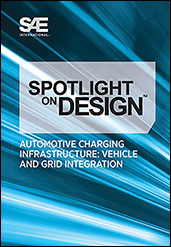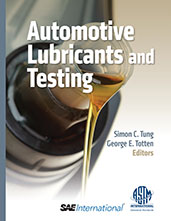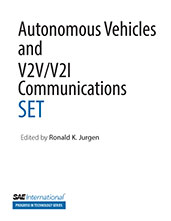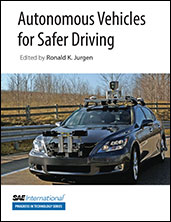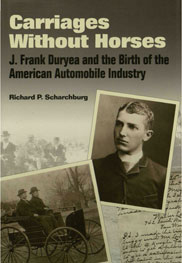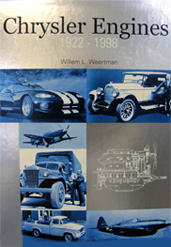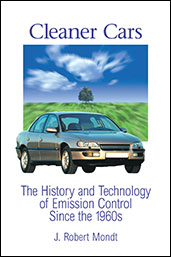Book
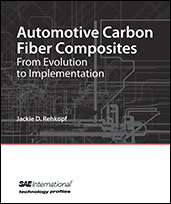
Automotive Carbon Fiber Composites
2011-11-29
The development of new materials that are technically and economically viable is no small endeavor. The risks, costs, and time involved in research are usually so high that only governments or private consortia can bear them. And so it has been with the trajectory of carbon fiber reinforced composites, which are capable of providing the lightweighting needed for fuel efficiency, and the mechanical strength required for safety. After a long development cycle, this material is now being widely used by the military, in commercial aircraft, and in the automotive industry. Automotive Carbon Fiber Composites: From Evolution to Implementation, written by Dr. Jackie Rehkopf, senior researcher at Plasan Carbon Composites, gives a high-level summary on carbon reinforced fiber composites specific to the automotive industry in today’s market and its vision for the next 5 to 10 years.
